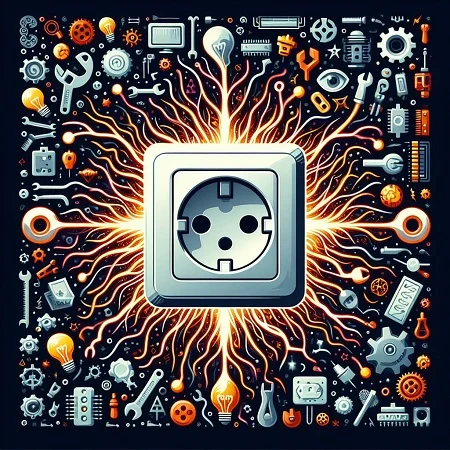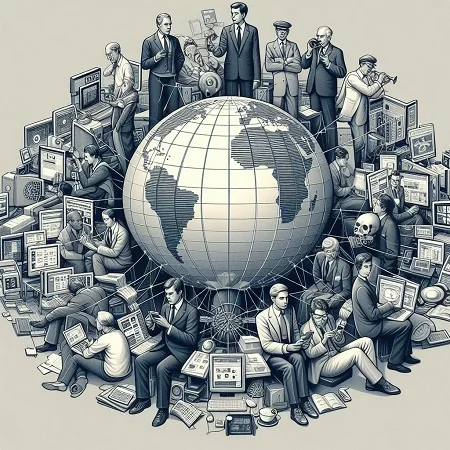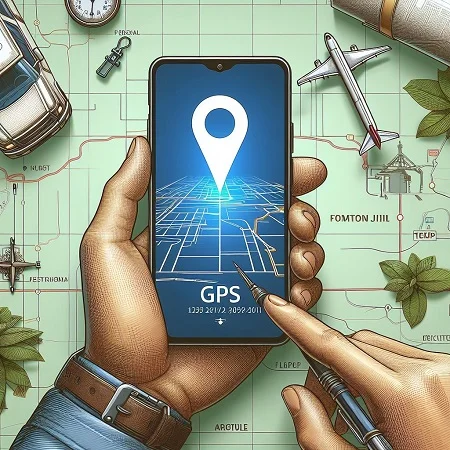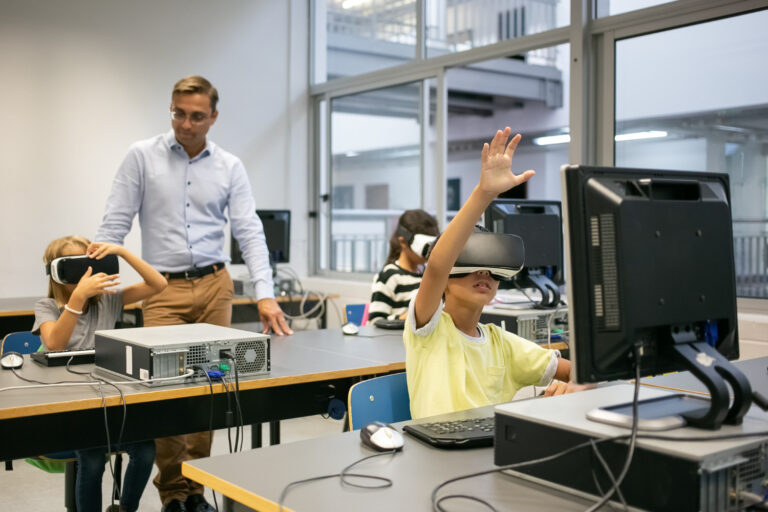Throughout history, STEM inventions have dramatically reshaped the landscape of human existence. These innovations have accelerated our ability to communicate, travel, conduct business, and even extend life. From the invention of the wheel to the development of the Internet, STEM fields have been the driving force behind progress and have set the stage for an ever-evolving future that promises even more remarkable advancements.
STEM inventions are a testament to human ingenuity and the relentless pursuit of knowledge, making it possible to conquer challenges and improve our quality of life. This article will explore 13 of the best STEM inventions that have changed the world.
The Transformative Thirteen STEM Inventions
Here are 13 influential STEM inventions that not only sparked waves of innovation but also redefined the way we live our lives:
Printing Press (Johannes Gutenberg, 1440)

The advent of the printing press by Johannes Gutenberg in the 15th century revolutionized the dissemination of knowledge by making books affordable and accessible. With the ability to mass produce written material, the literacy rate in Europe saw a significant rise, leading to the spread of new ideas and contributing to pivotal movements such as the Renaissance and the Reformation.
Steam Engine (Thomas Newcomen, 1712)

Thomas Newcomen’s 1712 invention of the steam engine ignited the Industrial Revolution, transforming economies and societies. The first practical device to harness the power of steam to produce mechanical work, Newcomen’s engine pumped water from mines, which increased the availability of coal to power new factories.
Electricity (Benjamin Franklin, 1752)

Benjamin Franklin’s famous 1752 kite experiment led to a greater understanding of electricity and its potential daily applications. His discovery that lightning is a form of electrical discharge led to the invention of the lightning rod, which has since protected countless structures and lives from lightning damage. Franklin’s work paved the way for later inventors to harness electricity as a ubiquitous energy source.
Vaccination (Edward Jenner, 1796)

Edward Jenner’s breakthrough in 1796 with the creation of the smallpox vaccine set the foundation for modern immunology. Jenner’s innovative method of inoculation with cowpox to prevent smallpox has saved countless lives and eventually led to the eradication of the disease globally in 1980, as certified by the World Health Organization. His work exemplifies medical science’s profound impact on global health and disease prevention.
Antibiotics (Alexander Fleming, 1928)

Alexander Fleming’s accidental discovery of penicillin in 1928 marked the dawn of the antibiotic era and has since been a cornerstone in medicine. This groundbreaking development ushered in a new age of treatment for bacterial infections, significantly reducing mortality rates and making surgeries and chemotherapy safer. Fleming’s work opened the door for synthesizing more potent antibiotics, which save millions of lives each year.
Transistor (John Bardeen, Walter Brattain, William Shockley, 1947)

In 1947, John Bardeen, Walter Brattain, and William Shockley introduced the world to the transistor, a stem innovation naturally pivotal to the evolution of technology. This STEM invention allowed the development of smaller, more efficient electronic devices, becoming the foundational building block of the modern digital age. By replacing the bulky and less reliable vacuum tubes, transistors vastly improved the functionality and performance of electronic equipment.
Internet (ARPANET, 1969)

The initial iteration of the Internet, known as ARPANET in 1969, represents a STEM innovation that naturally brought forth the Information Age. Originating as a government project ensuring secure military communications, ARPANET evolved into a public infrastructure that revolutionized data exchange. This innovation paved the way for the World Wide Web, social media, and the instant connectivity that is now integral to personal and professional life globally.
Personal Computer (IBM Altair 8800, 1975)

The IBM Altair 8800, released in 1975, is a STEM innovation that naturally triggered the home computer revolution. Bringing computing power into households democratized access to digital technology. This personal computer was a catalyst for software giant Microsoft’s formation and the upsurge in user-friendly computer interfaces, setting the stage for the modern PC industry.
World Wide Web (Tim Berners-Lee, 1989)

In 1989, Tim Berners-Lee’s invention of the World Wide Web naturally democratized access to information like never before. It created a global hypertext system that allowed for easy Internet navigation. This invention became the fundamental framework of the modern digital ecosystem, transforming the way humans interact with knowledge and each other.
GPS (Roger Easton, Ivan Getting, Bradford Parkinson, 1978)

The Global Positioning System (GPS), conceptualized by Roger Easton, Ivan Getting, and Bradford Parkinson in 1978, has been a game-changer in navigation and location tracking. Initially developed for military use, GPS became widely available to the public. It provided precision in personal travel, enhanced emergency response capabilities, and boosted efficiencies in agriculture and logistics industries with its accurate geolocation services.
Telephone (Alexander Graham Bell, 1876)

Alexander Graham Bell’s invention of the telephone in 1876 revolutionized communication by transmitting speech electronically over distance. His innovation led to the global telecommunications network we rely on today and laid the groundwork for developing related technologies, such as mobile phones and the Internet, that connect the world in real time.
Space Shuttle (NASA, 1981)

NASA’s introduction of the Space Shuttle in 1981 marked a milestone in STEM space exploration, establishing reusable spacecraft as a defining feature of space missions. The shuttle program contributed immensely to scientific knowledge, deploying satellites, conducting research, and helping construct the International Space Station.
Human Genome Project (International Consortium, 1990)

The Human Genome Project, completed by an international consortium in 2003, epitomizes a STEM innovation that has dramatically advanced our understanding of genetics. This monumental scientific effort mapped all the genes of the human species, providing invaluable insights into hereditary diseases and spurring development in personalized medicine.
Conclusion
The examples mentioned above are just a tiny glimpse into the incredible impact of STEM innovations on society. From everyday conveniences to life-saving medical advancements, these breakthroughs continue to shape and improve our world in ways we could have never imagined. With ongoing developments and discoveries in STEM fields, it’s exciting to think about what future innovations will bring.






